The river dried up and the fire could not be extinguished.” [Local Photo Report] The Raw Reality of the Noto Earthquake “Extreme Cold Disaster Area
A seaside town hit by tremors, fires, and a tsunami was still reeling from despair more than a week after the quake.
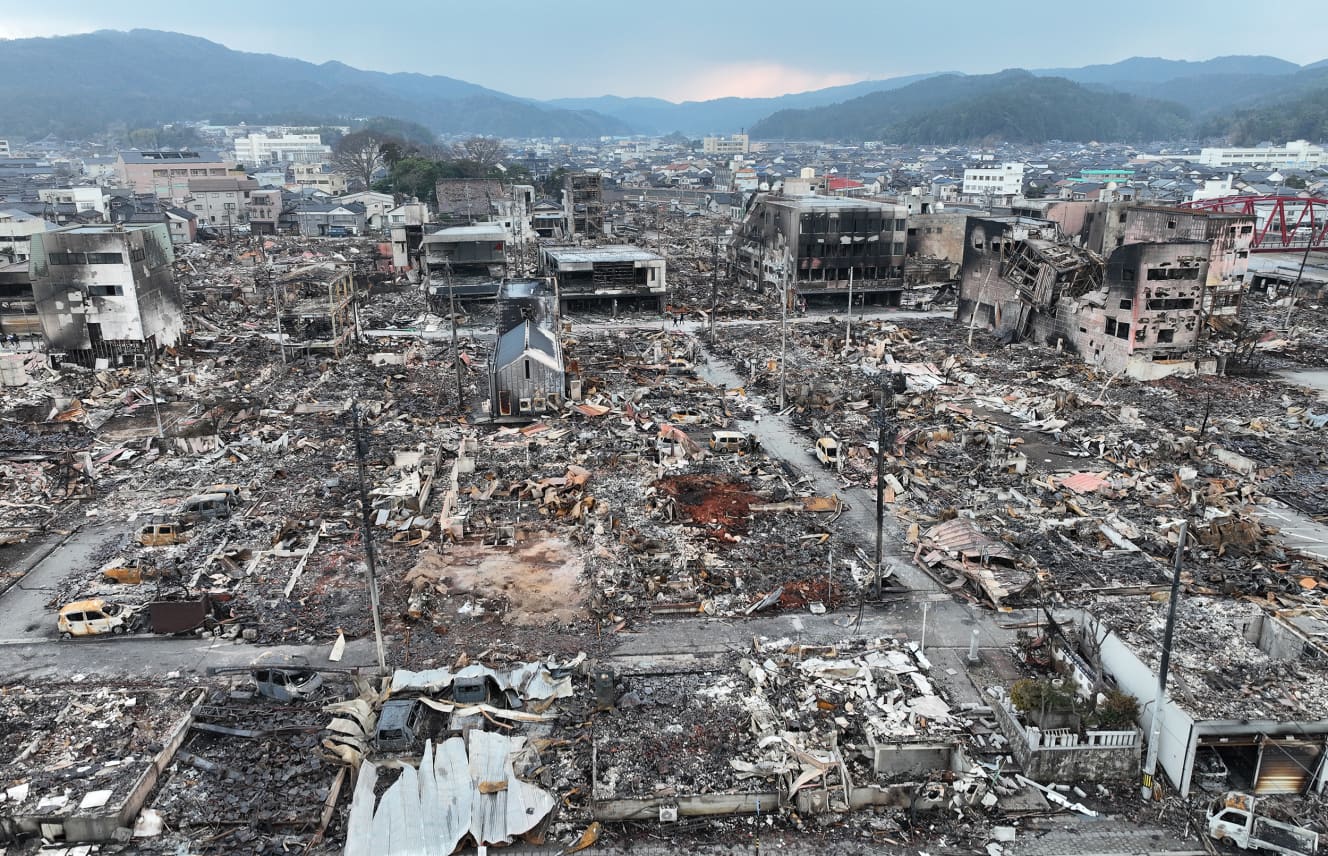
I never thought the fire would be this big,” said one of the victims. The roads were blocked by the earthquake, and regular fire trucks could not enter. The fire hydrant was broken and the water supply was cut off, so the river dried up and no water could be taken. We tried to prevent the fire from spreading, but there was nothing we could do.
Masahide Ishibata, 63, who runs a dress store in the area, said in front of a former tourist attraction that had been burned to the ground. On January 5, four days after the earthquake, a FRIDAY reporter visited the heavily damaged morning market street in Wajima City, Ishikawa Prefecture. The site still smelled of burning, and the whole area, including what used to be a street, was just piles of rubble. Ishibata continued, describing his life after the earthquake: “I was lucky that my house was not burned down, and it was raining.
I was lucky that my house did not burn down and I was able to shelter from the wind and rain, but those who burned down did not even have anything to take out of their houses. I can’t think about the future, and it’s no use thinking about it. ……
The Noto Peninsula Earthquake of Reiwa 2024, which occurred on January 1, measured 7.6 on the Richter scale (M), with a maximum intensity of 7. 206 people were killed as of January 10, and 52 were still unaccounted for.
The FRIDAY reporter also visited Suzu City, which, like Wajima City, was severely damaged by the quake. On the way there, the roadway was blocked by earth, sand, and huge rocks, causing a long traffic jam. Normally it takes two and a half hours to get from Kanazawa to Suzu City, but it took seven hours. The city of Suzu, where the elderly account for more than 50% of the population, has many wooden houses, many of which were destroyed without a trace. In May of last year, an earthquake with a maximum intensity of 6 on the Japanese seismic scale occurred in this area, but a 90-year-old woman living in the city said that the earthquake this time was “incomparably bigger than the last one.
I have never experienced an earthquake like this in my 90 years of life. The shaking was stronger and lasted longer than the previous quake, and I couldn’t even stand up. The electricity and water were cut off in my house immediately after the quake. It gets cold at night, so we have to sleep wrapped in blankets. I really hope that something will be done soon. I can’t even think about reconstruction right now.

The Suffering of Life in Evacuation Centers
The damage caused by the earthquake was not limited to the temporary effects of the tremors. On January 7, 201 people were packed into Ueto Elementary School in Suzu City. A woman in her 60s, who was in the classroom, revealed the hardships of living in an evacuation center.
She said, “We are supplied with food and water, but we don’t have enough underwear to change into. I can’t even go home to get them. Since there are so many elderly people here, I am afraid that I will run out of medicine for my chronic illnesses. I have a special exception now; if I have my medication book, I can get medicines from the hospital without a prescription. I also ran out of the medicine I usually take, so I have to hold out for a couple of days until the supply is available. The SDF started providing bathing facilities yesterday, and I was able to take a bath, though only for 15 minutes. It was very refreshing and pleasant. However, this school will have to be vacated someday, and I am very anxious about where we will go then. As of now, they say it will take a month for the water supply to be restored and ……”
When I entered another classroom at the elementary school, Toshio Hamagashira, 76, and his wife Mineko, 76, both of Suzu City, agreed to be interviewed. They said they came to the shelter in fear of a tsunami.
On the day of the earthquake, when I was walking to evacuate for fear of a tsunami, a man I didn’t know said to me, ‘I’ll lend you my light truck, so you can spend the night here! I will come back to get you later! He told me to stay in his car. I think he was a caregiver. The next day, he really came to pick me up, and thanks to him, I made it to this shelter. My house is totally destroyed and in no condition to live in, and I doubt I will be able to recover very well in a year or two. ……”
While some people are in shelters, others are staying at home without water or electricity. One woman in her 70s living in the city of Suzu said, “I went to an evacuation center and found myself surrounded by people I didn’t know.
If I go to an evacuation center, I will have to sleep with people I don’t know around me. I don’t like that. There are stories that infectious diseases are spreading. I only go to the shelter occasionally to get water and food. My daughter says, ‘Please stay at the shelter,’ but I feel more comfortable at home.
According to a staff member who supports disaster victims, in addition to the lack of supplies, there is the constant concern of burglars taking advantage of the disaster and the risk of theft of supplies. Even though a week has passed since the earthquake, the survivors are still struggling to get through today and tomorrow.
The claw marks of the natural disaster that devastated the city on New Year’s Day.

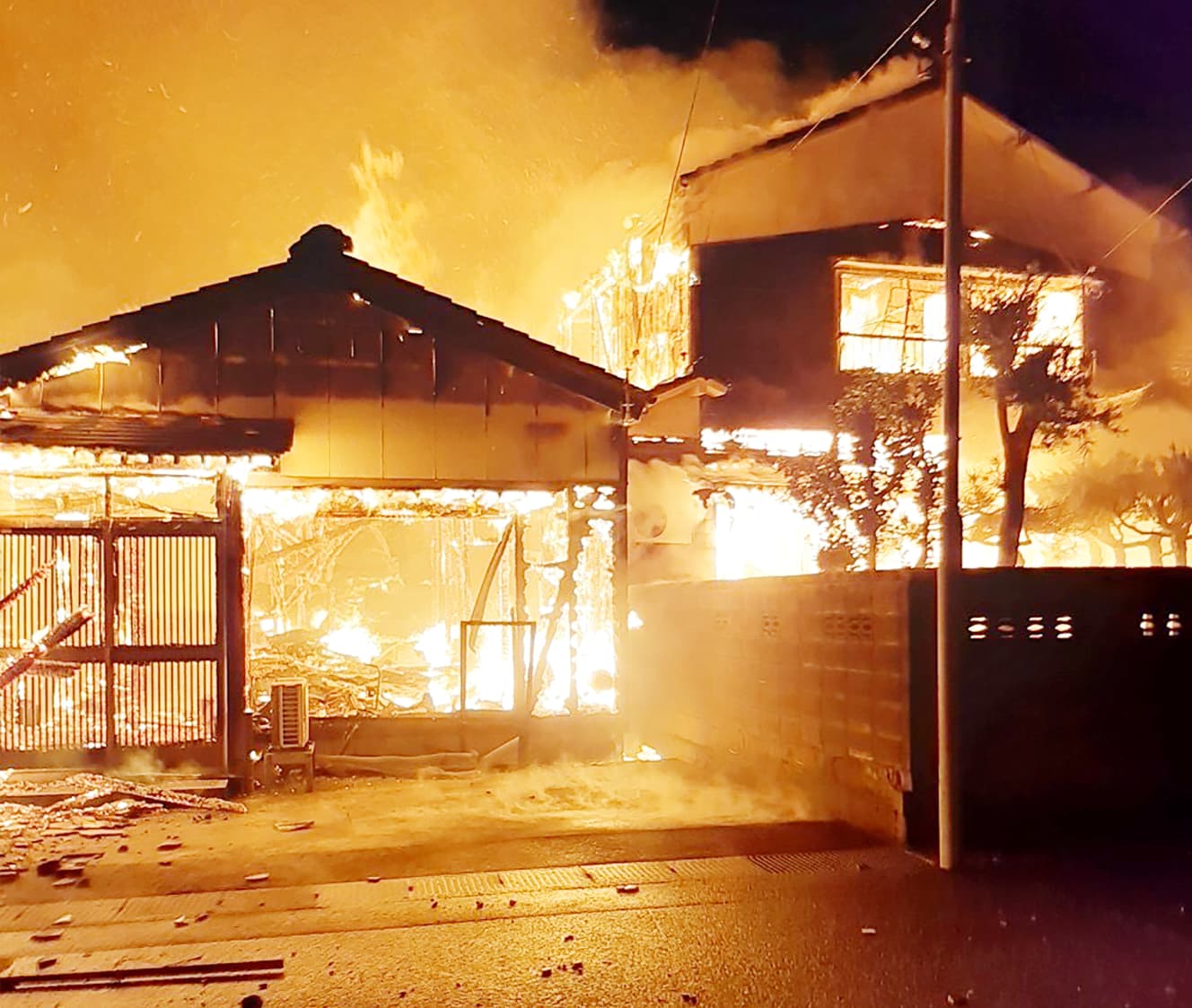
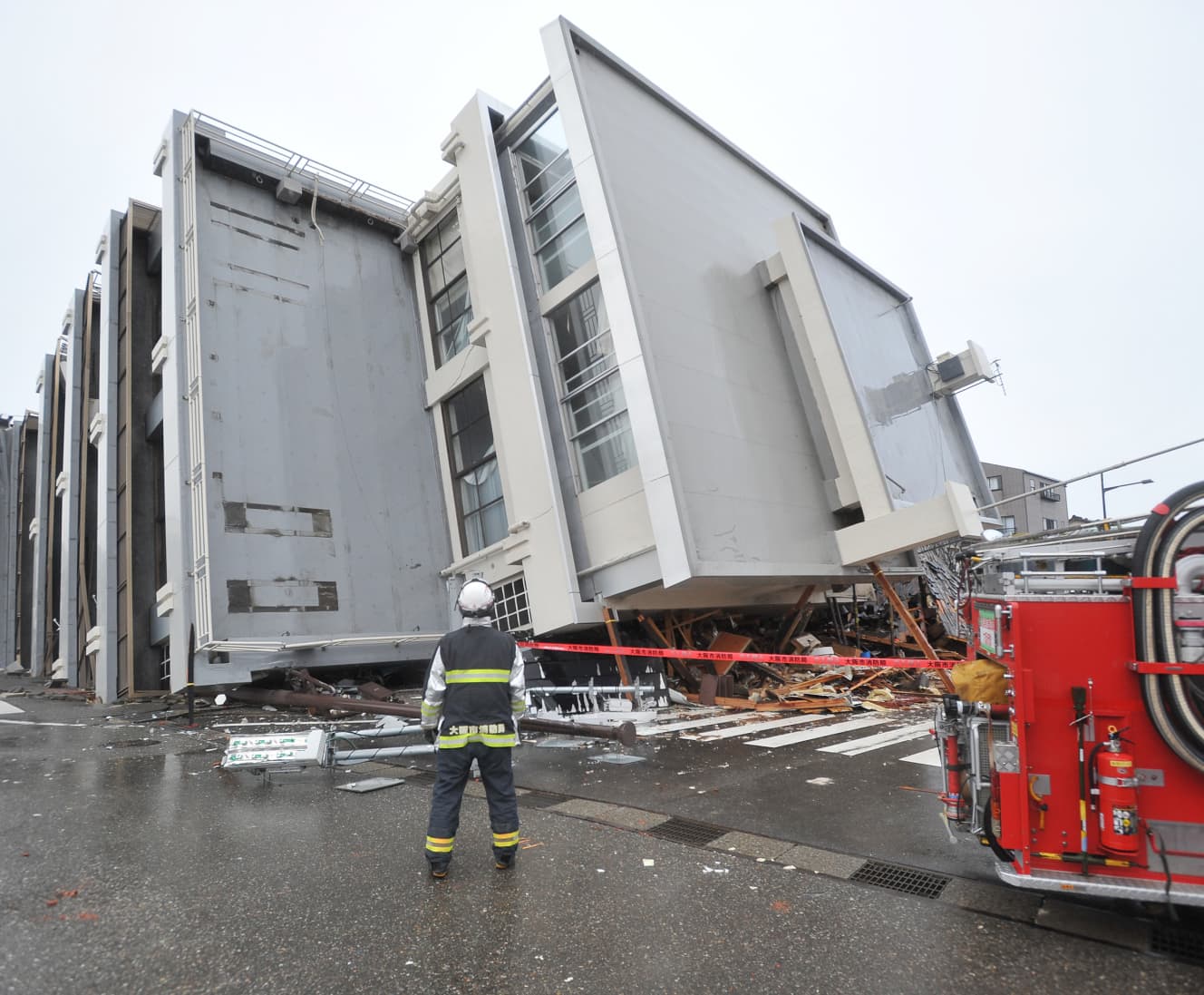
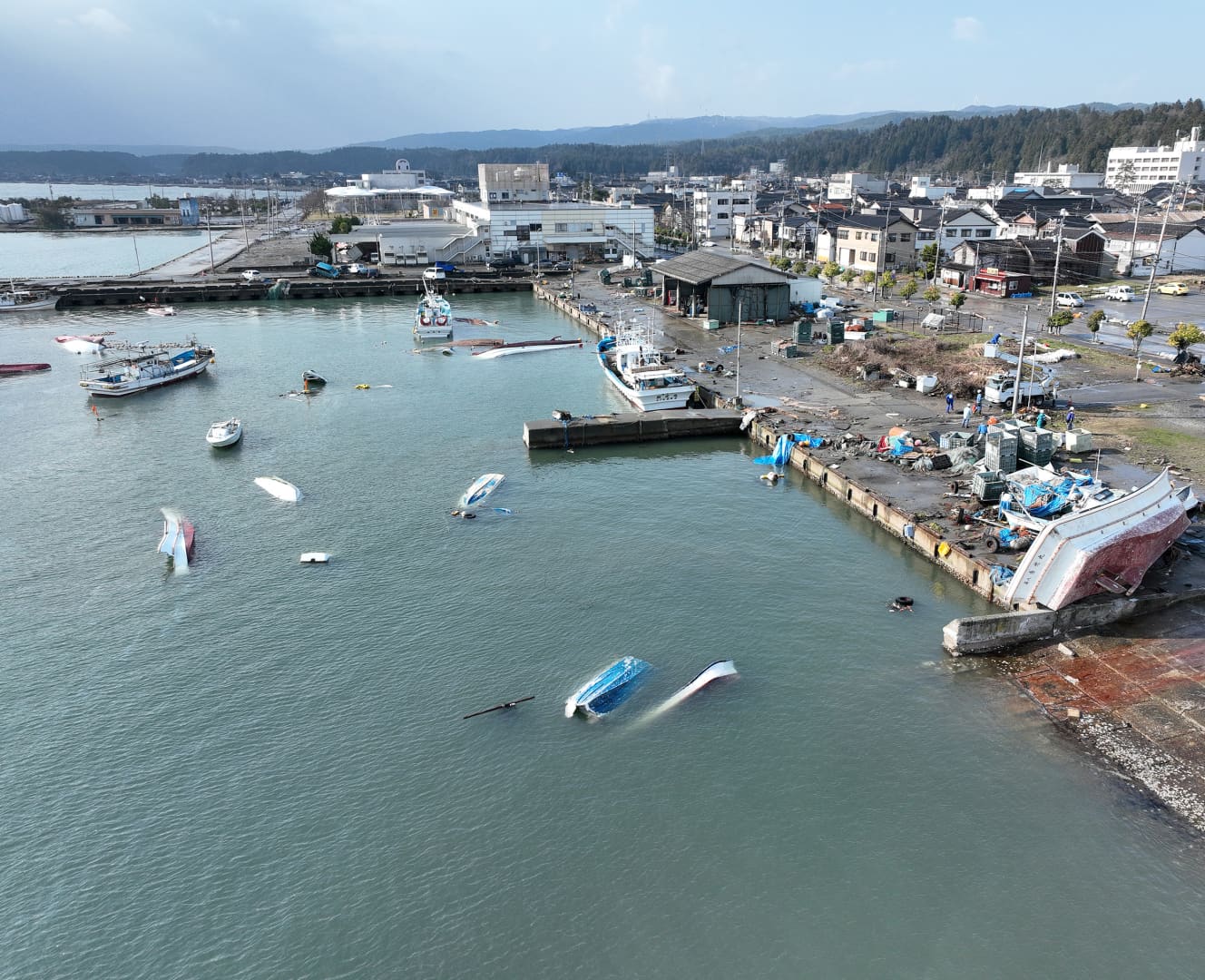
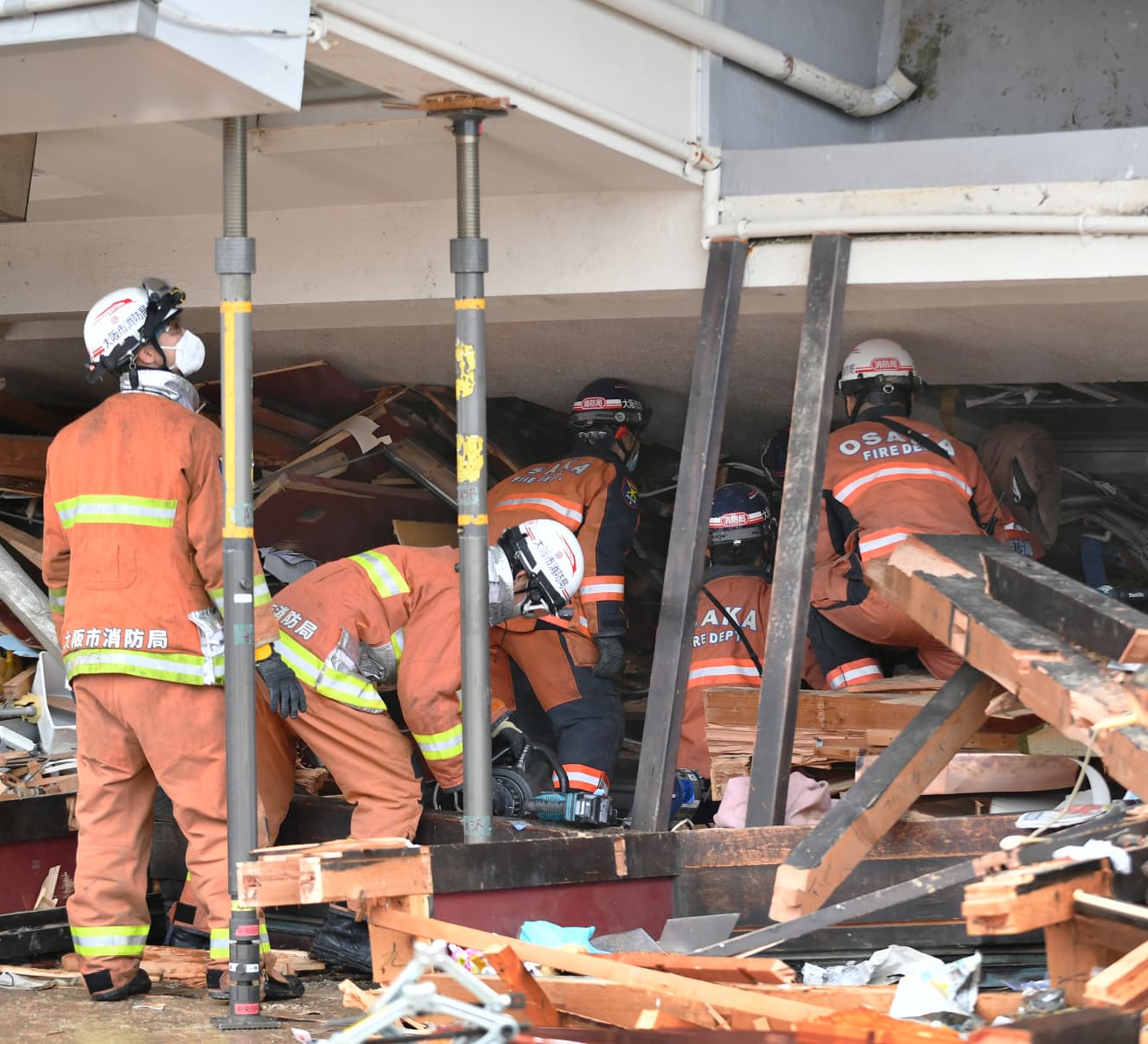
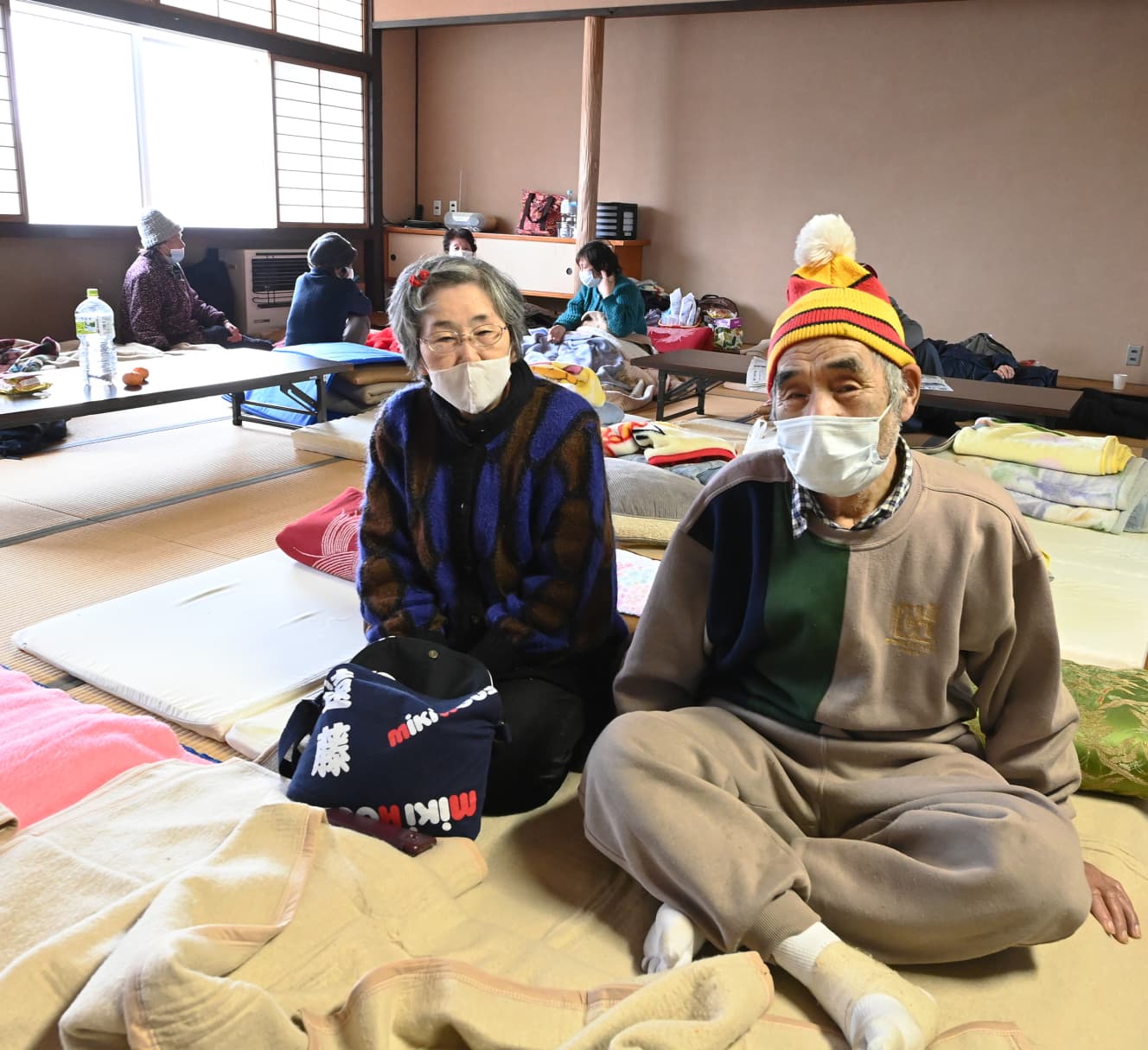
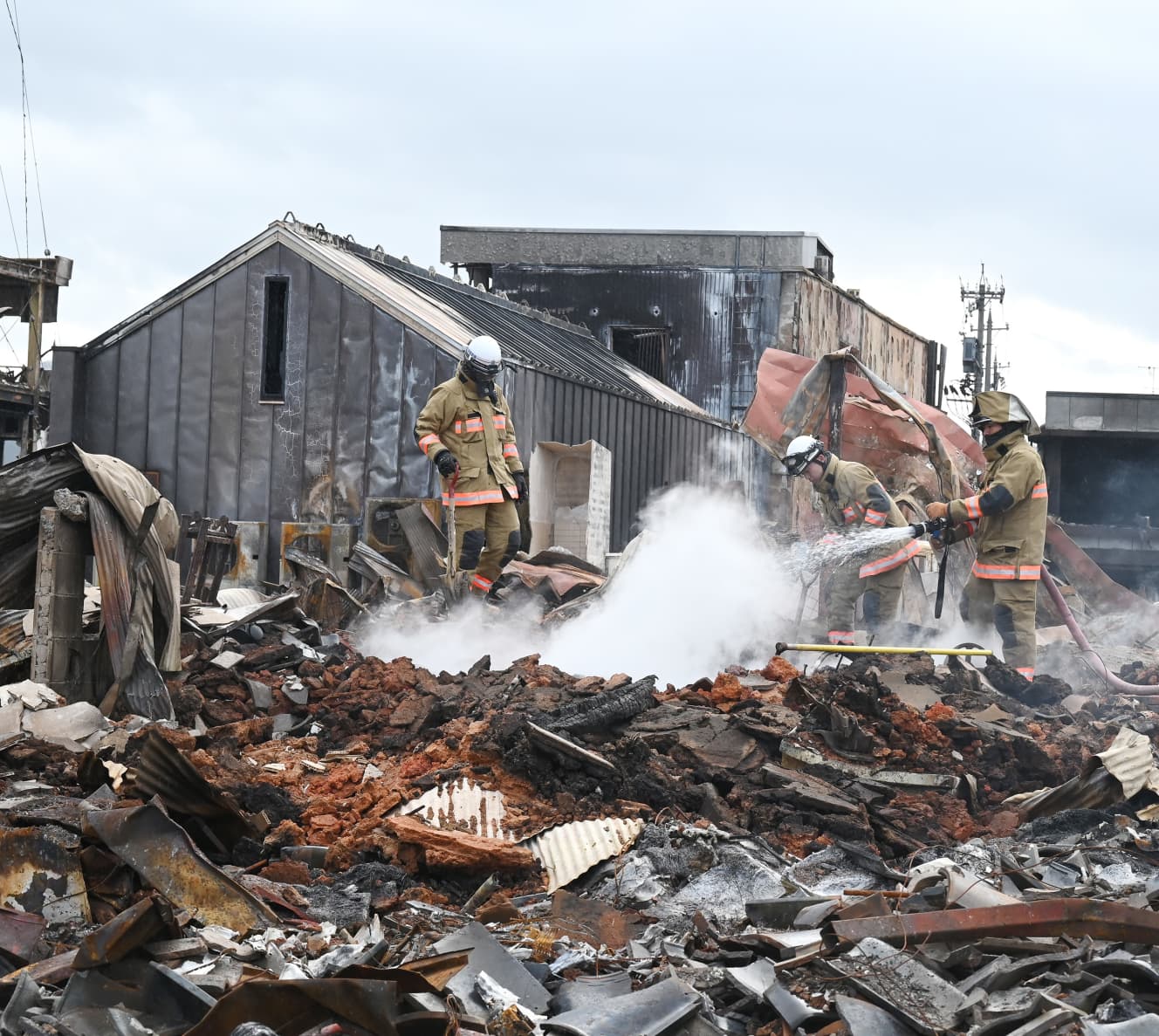
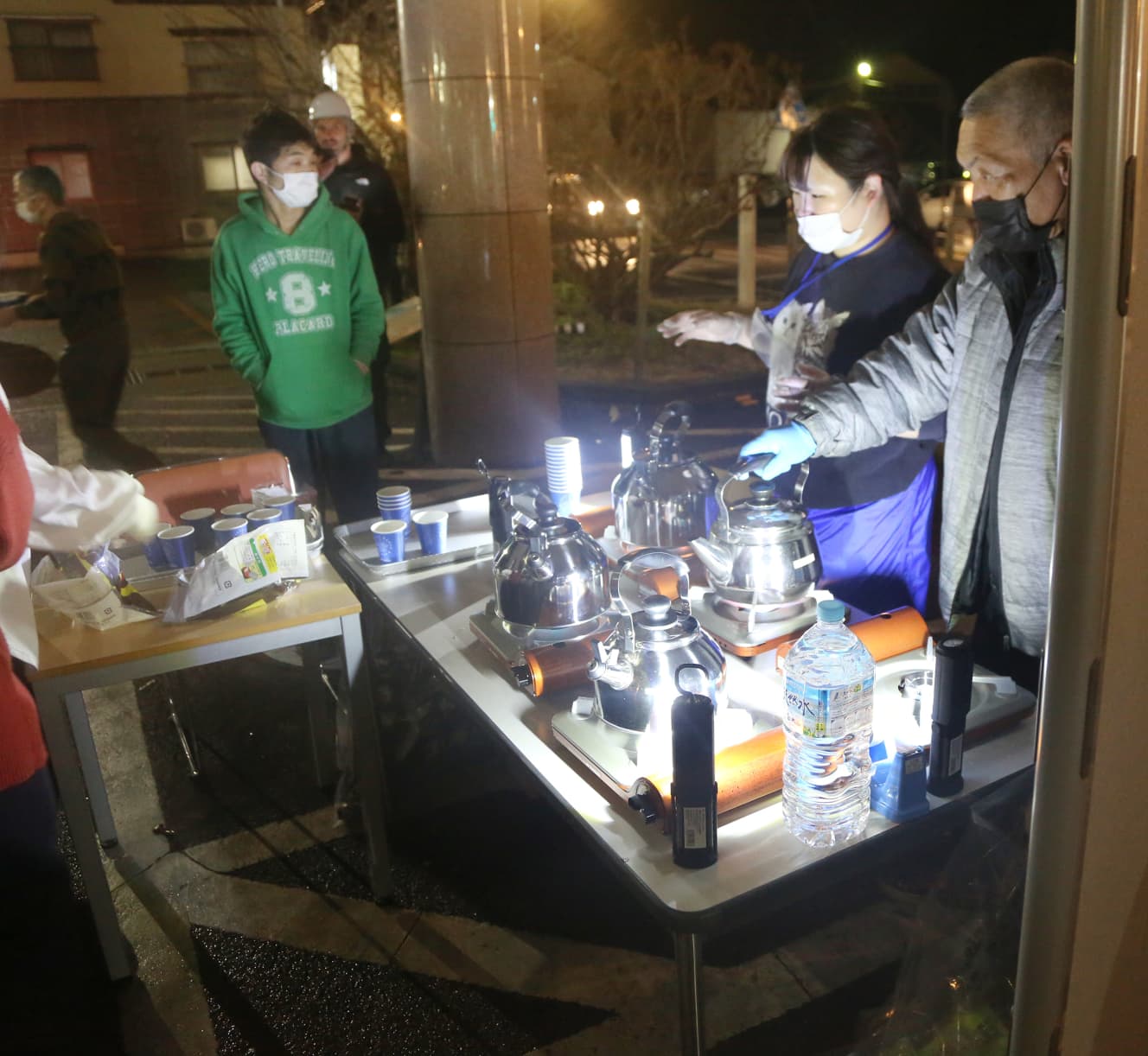
From the January 26, 2024 issue of FRIDAY
PHOTO: Masayoshi Katayama (1st) Tsuyoshi Nodo (2nd) Masahiro Kawayanagi (3rd, 9th) Junpei Kota (5th, 7th) Masayoshi Katayama (6th, 8th) Tsuyoshi Nodo (10th) Courtesy of residents (4th)